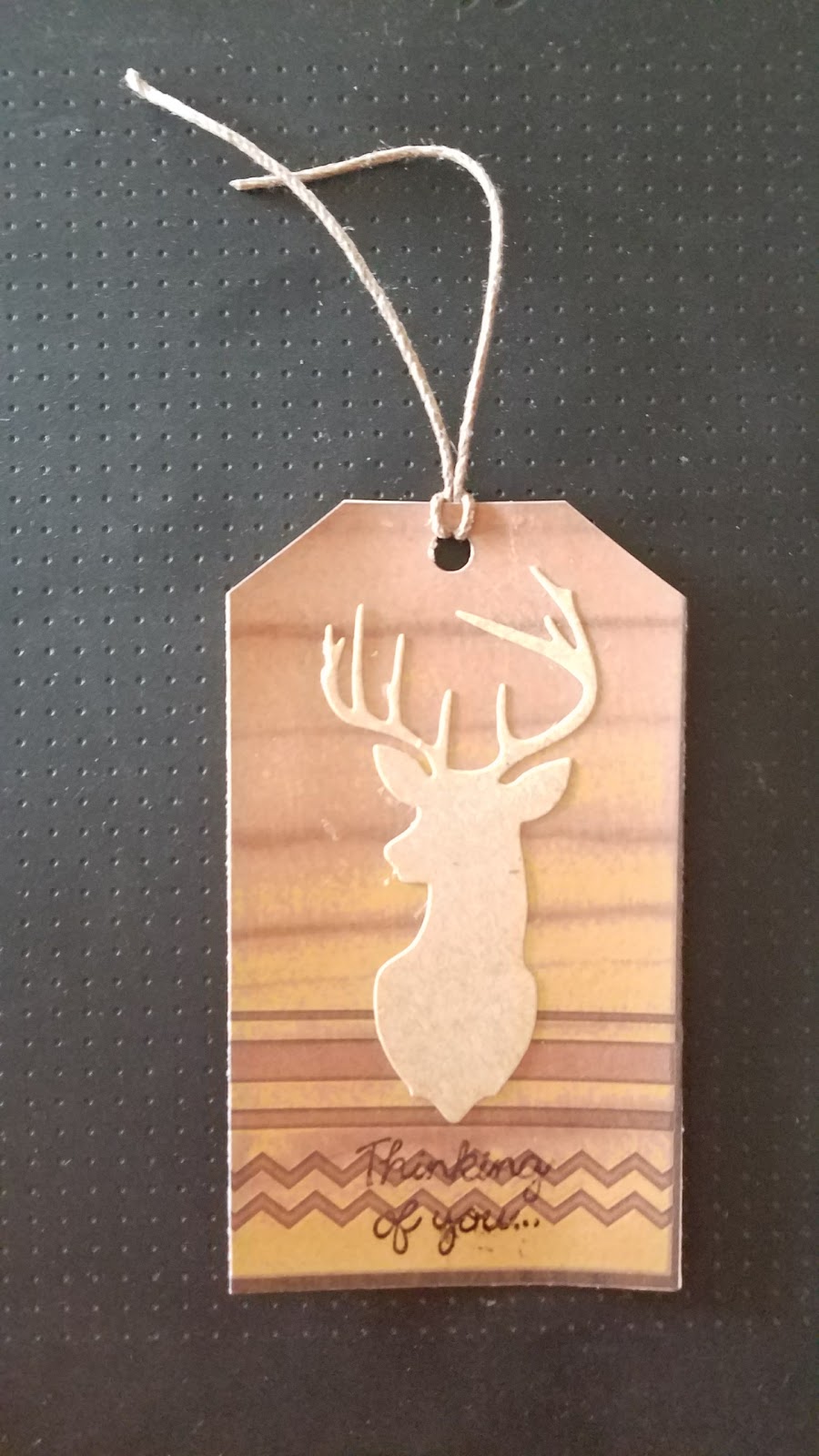Discover various interesting information about Do I Have To Tag A Deer On My Property, all of which we’ve summarized from various reliable sources.

Do I Have to Tag a Deer on My Property?
Growing up in a rural area, I was always fascinated by the wildlife that roamed our land. One evening, as I was exploring the woods behind our house, I came across a beautiful white-tailed deer. I couldn’t believe my luck and spent several minutes observing it as it grazed peacefully. However, as I turned to leave, I noticed a strange tag attached to its ear. I wondered why it had been tagged and if I was obligated to do the same if I ever hunted a deer on our property.
My curiosity led me down a path of research, and I discovered that there are laws and regulations governing the tagging of deer, but they vary depending on the state or province. In this article, we will delve into the topic of deer tagging, exploring its purpose, requirements, and exceptions.
Deer Tagging: An Overview
Deer tagging is a method used by wildlife management agencies to track and monitor deer populations. It involves attaching a unique identification tag to the ear of a deer, which contains information such as the date and location of capture, as well as the individual’s age and sex. This information is vital for research purposes, allowing wildlife biologists to assess deer population dynamics, migration patterns, and overall health.
Tagging Requirements
In most states and provinces, it is mandatory to tag a deer if it is harvested during the hunting season. Hunters are typically required to attach the tag immediately after the animal is killed and before it is moved from the kill site. Failure to tag a deer properly can result in fines or other penalties.
Exceptions to Tagging Requirements
There are certain exceptions to the mandatory deer tagging requirement. In some jurisdictions, landowners or their immediate family members may be exempt from tagging deer harvested on their own property. However, it is crucial to check the specific regulations in your area to ensure that you are in compliance.
The Importance of Deer Tagging
Deer tagging plays a crucial role in wildlife management by providing valuable data that helps ensure the sustainability of deer populations. It enables biologists to:
- Estimate population size and distribution
- Monitor population trends over time
- Identify areas where deer are most abundant or scarce
- Track the effects of hunting and other management practices
- Assess the health and genetic diversity of deer populations
This information is essential for making informed decisions about deer management, including setting hunting quotas, implementing habitat improvement programs, and addressing deer-related conflicts.
Tips for Tagging Deer
If you are required to tag a deer, following these tips will ensure a successful and compliant tagging process:
- Carry the appropriate tag for the species and season you are hunting.
- Attach the tag securely to the deer’s ear using the provided fasteners.
- Record the tag number and other required information on your hunting license or harvest report.
- Keep the tag attached to the deer until it is ready for consumption or processing.
- Report any lost or damaged tags to the appropriate wildlife agency immediately.
By following these guidelines, you can contribute to effective deer management and ensure that our deer populations remain healthy and sustainable for generations to come.
FAQs About Deer Tagging
Q: Do I need to tag a deer if I find it dead on my property?
A: Yes, in most cases, it is illegal to possess an untagged deer carcass, even if it was found dead.
Q: What happens if I lose my deer tag?
A: Report the lost tag to the wildlife agency immediately and obtain a replacement tag. Failure to do so could result in penalties.
Q: Can I reuse a deer tag from a previous season?
A: No, deer tags are typically valid for a specific hunting season and cannot be reused.
Q: What should I do if I see an untagged deer?
A: Report the sighting to the wildlife agency. It could indicate a poaching violation or an animal that escaped from captivity.
Conclusion
Deer tagging is an essential practice that aids in the responsible management of deer populations. By understanding the purpose, requirements, and exceptions of deer tagging, you can ensure that you are in compliance with the law and contribute to the sustainability of our wildlife resources. So, before you embark on your next hunting adventure, remember to check the regulations in your area and tag your deer accordingly. Happy hunting!
Are you interested in learning more about deer management and hunting practices? Be sure to visit our website for additional articles and resources.

Image: psebring.blogspot.com
Thank you for reading Do I Have To Tag A Deer On My Property on our site. We hope you find this article beneficial.